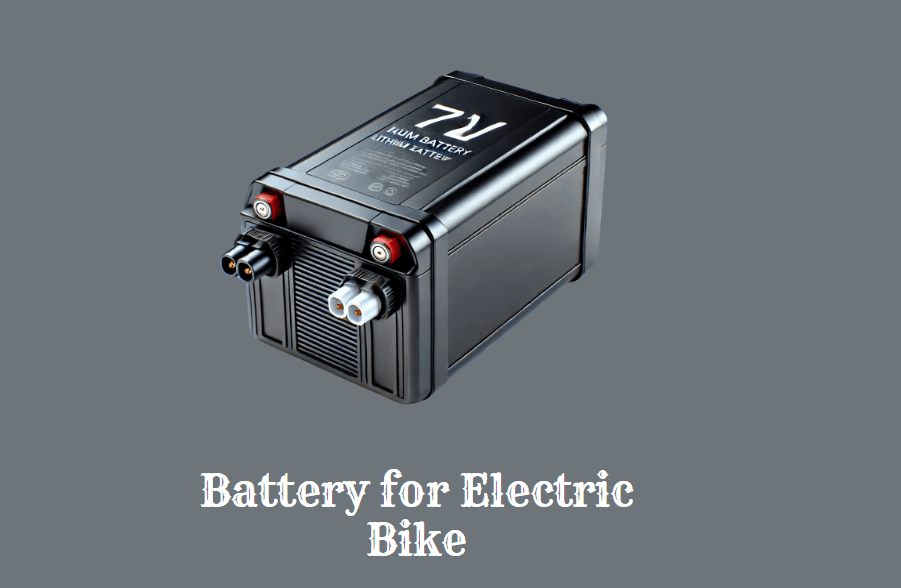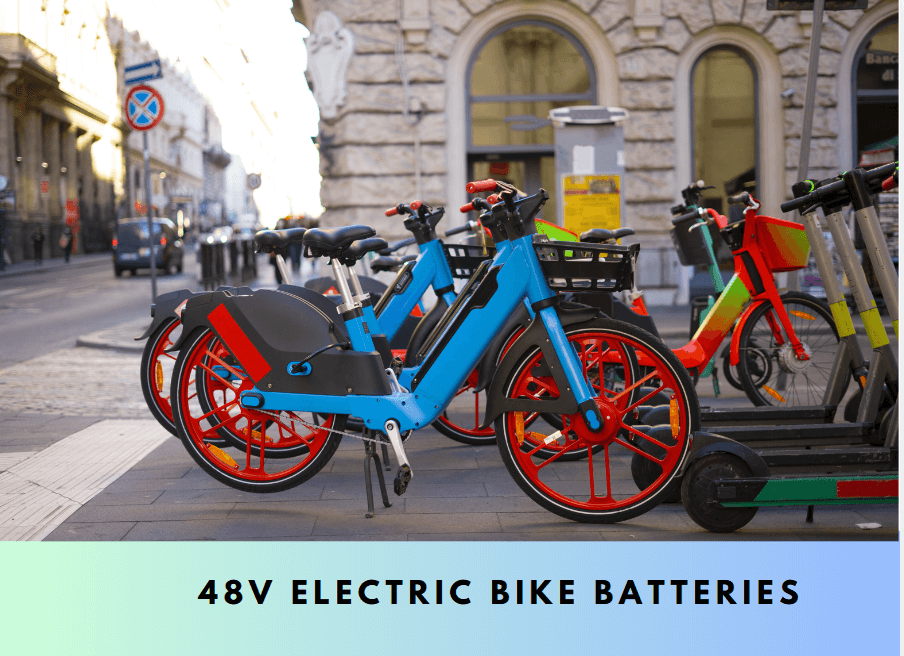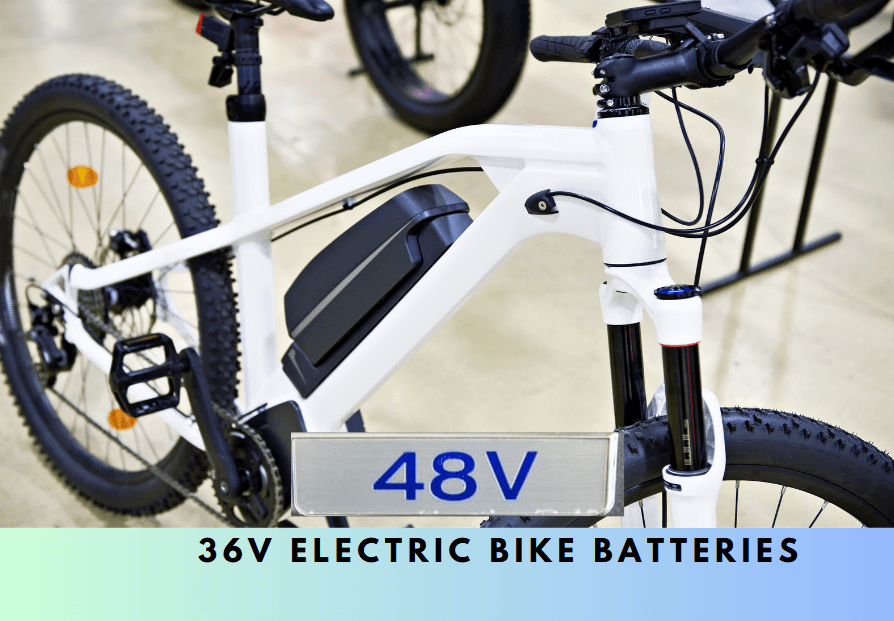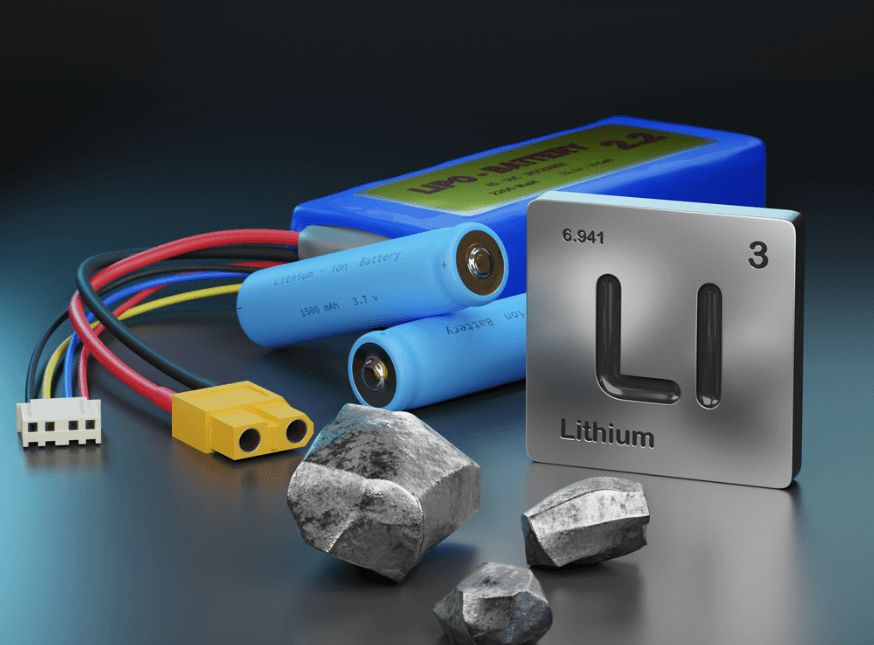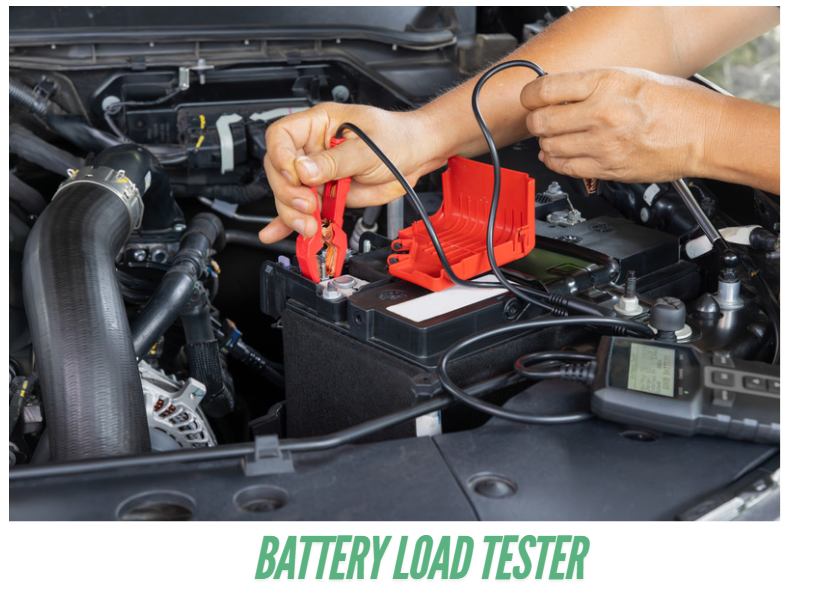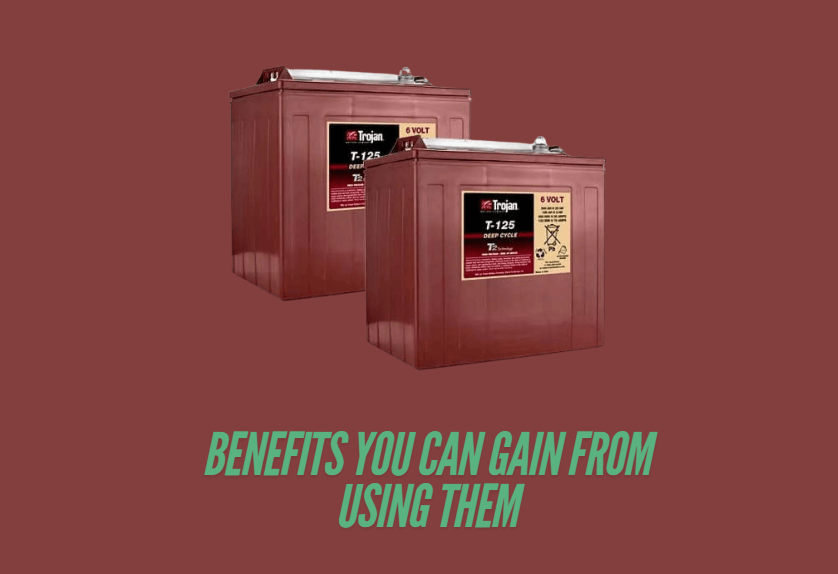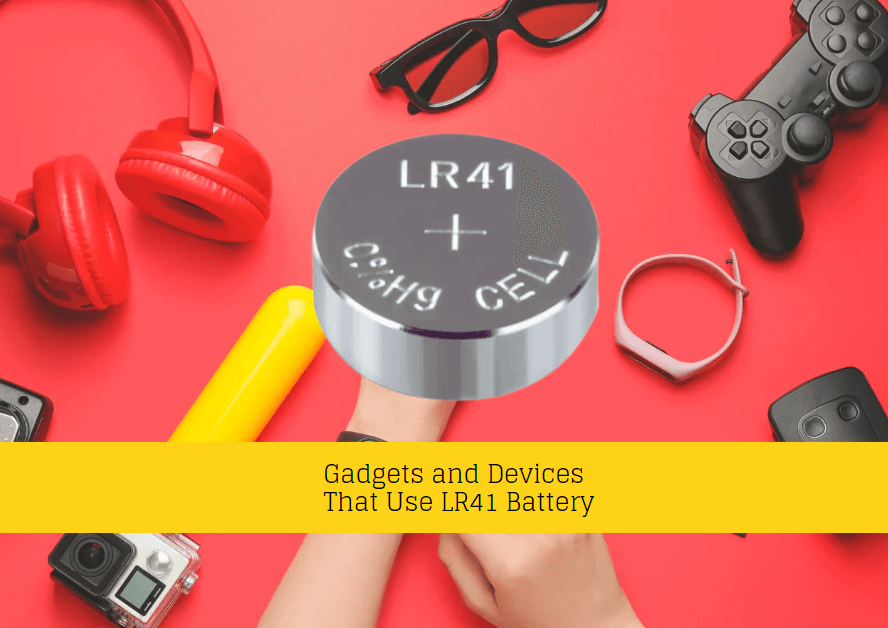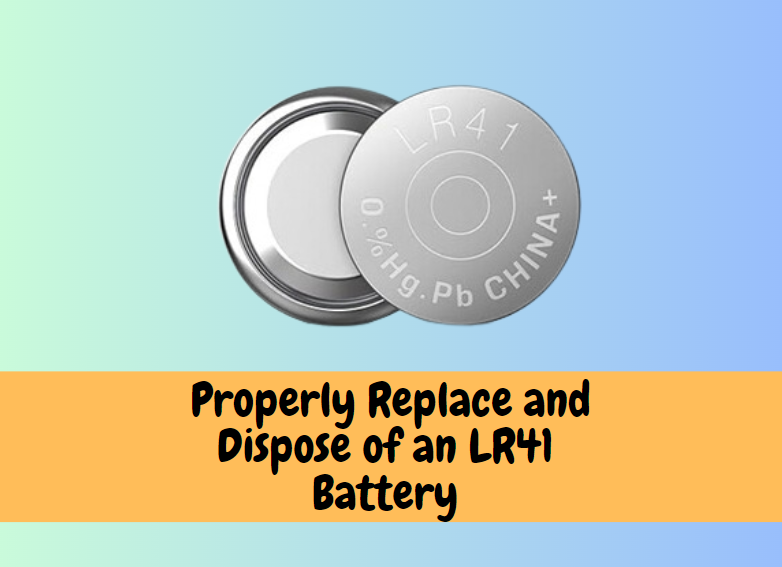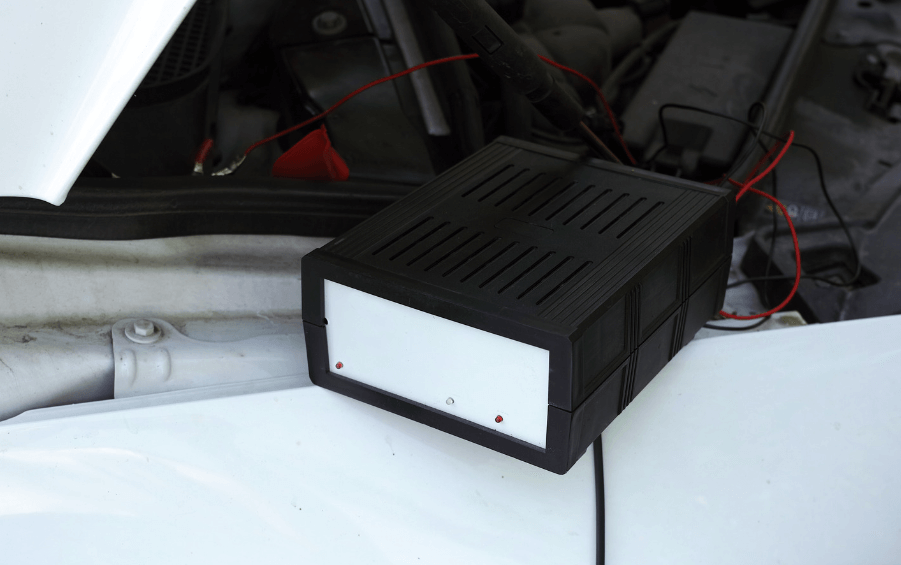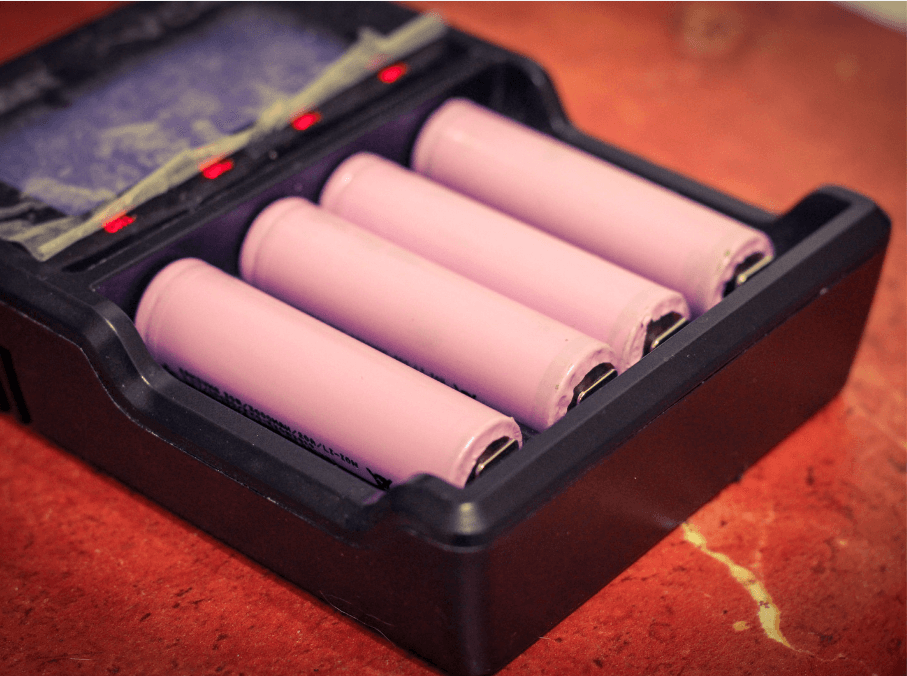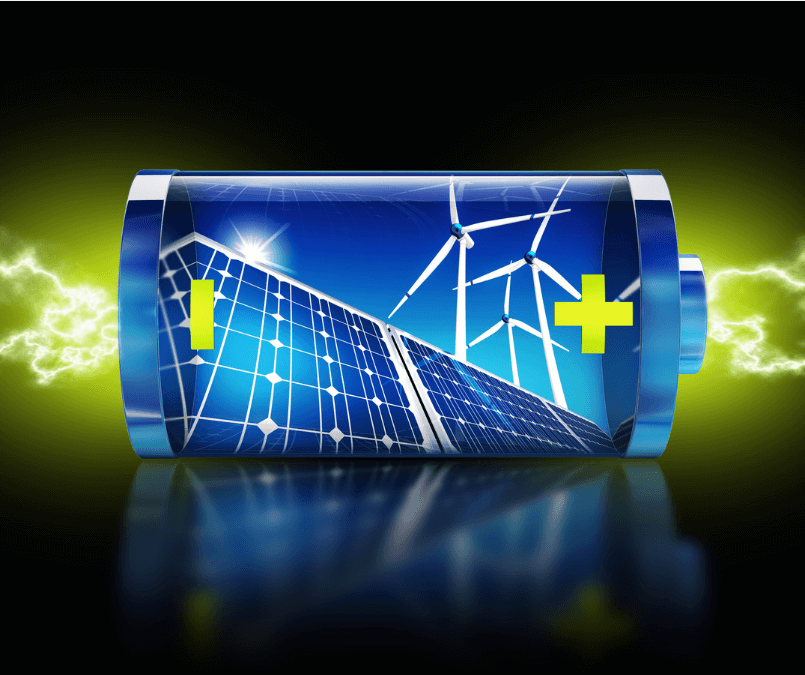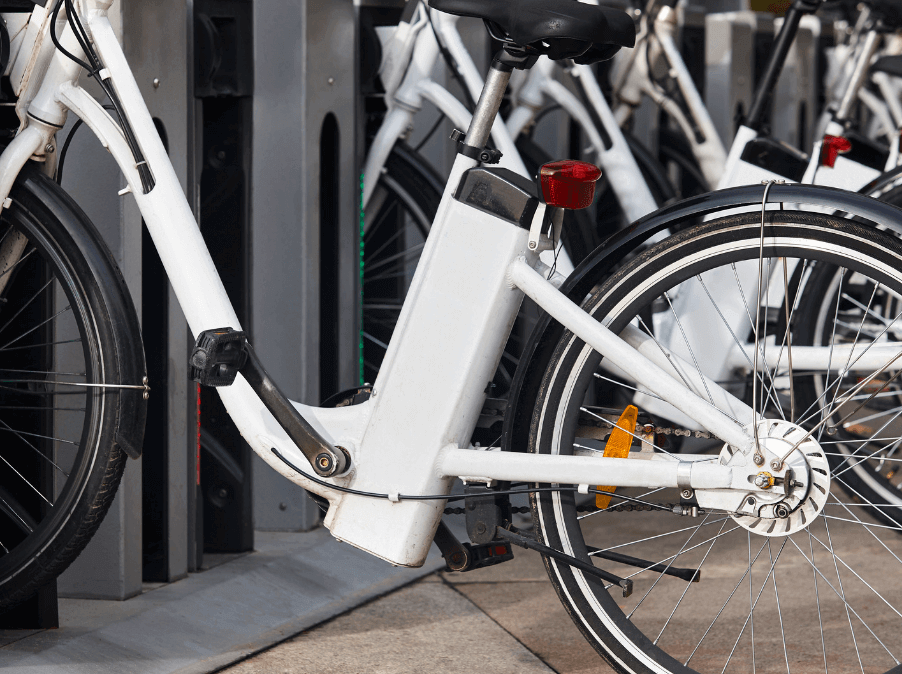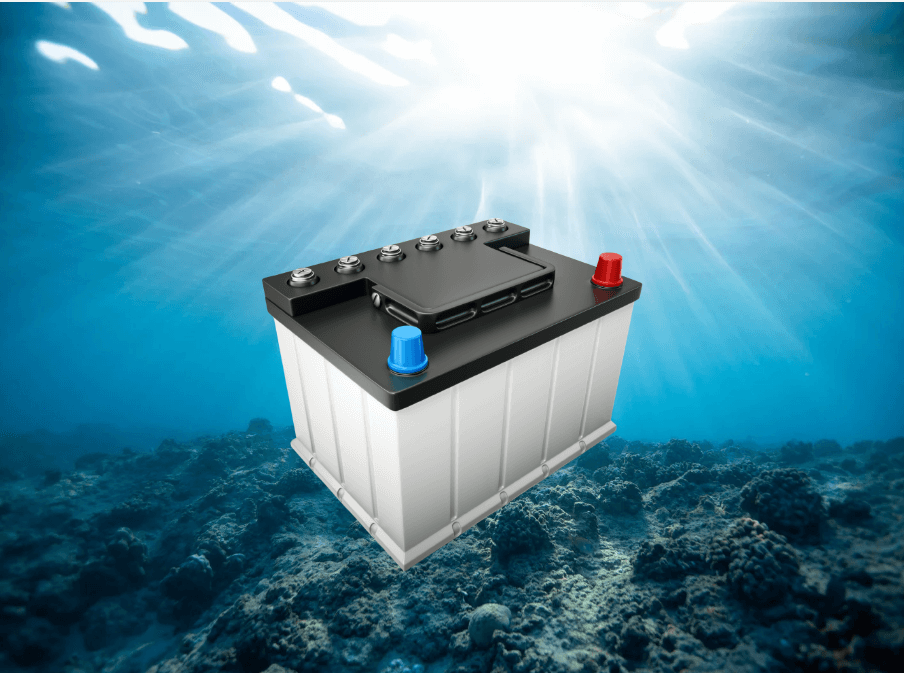
As we all know, marine batteries play a dual role in most boats: they must reliably run the engine and power the boat’s electronics such as navigation systems, fish finders, lights and radios.
Today we’ll tell you the best things to consider when choosing a marine battery, and you’ll learn about battery types, how to maintain them, and top recommendations based on different needs and boat sizes.
Before getting into specific battery recommendations, it’s important to understand the two main categories of marine batteries: starting batteries and deep cycle batteries. Although both are essential, they serve different purposes.
1. Starting Battery (Cranking Battery)
Starting batteries are designed to provide a quick burst of energy needed to start the boat’s engine. This burst of high energy is needed to power the starter motor, and once the engine is started, the alternator controls and keeps everything running, including recharging the battery.
Key Features:
- Delivers a large amount of current (Cold Cranking Amps or CCA) in a short period of time.
- Not designed for deep discharge, which means they are not suitable for running electronics for long periods of time.
2. Deep cycle batteries
Deep cycle batteries, on the other hand, are designed to deliver a constant amount of power over an extended period of time. They can be discharged to 80% of their capacity without damaging them, making them ideal for powering electronics such as GPS systems, lights and radios.
Key Features:
- Designed for long, continuous discharge.
- Can be repeatedly discharged and recharged.
- Commonly used in applications such as trolling motors, onboard machinery and electronics.
There are a few things you need to consider when choosing a marine battery
When choosing the right marine battery, keep this in mind to ensure it meets the specific needs of your boat and your usage patterns.
Battery capacity and voltage
Capacity refers to the amount of energy a battery can store and is usually measured in amp-hours (Ah). The higher the Ah, the better the battery can power your electronics or drive your trolling motor.
Starting Battery: Look for a battery with a high Cold Cranking Amps (CCA) rating CCA indicates the capacity of the battery to start the engine in cold conditions.
Deep cycle batteries: For electronics, choose a battery with a high amp-hour rating so it can power your devices for longer.
Battery size and weight
Battery size is an important consideration, especially if you’re dealing with limited space on your boat. Always make sure the battery fits securely in your battery compartment and that it complies with the manufacturer’s size and weight recommendations.
Reserve Capacity
Reserve capacity is the number of minutes a battery can supply a specified amount of power (typically 25 amps) before it drops below a critical voltage. A high reserve capacity is especially useful for boats with many electronics, as it ensures that the battery can power the boat’s systems if the alternator fails or if you are anchored for an extended period of time.
Durability and vibration resistance
Boats are exposed to significant vibrations, especially when navigating rough waters. A marine battery needs to be built to withstand this constant jolt. AGM and lithium-ion batteries offer the best resistance to vibration due to their sealed design.
Temperature tolerance
Marine batteries are often exposed to extreme temperatures. Flooded lead-acid batteries tend to be more sensitive to temperature changes, while AGM and lithium-ion batteries perform well in both hot and cold conditions. If you boat in extreme climates, choose a battery that can handle a wide temperature range without degradation.
Maintenance Requirements
Flooded lead-acid batteries require the most maintenance, as you need to regularly check the water level and ensure proper ventilation. On the other hand, AGM and lithium-ion batteries are maintenance-free, making them a good option for boaters who want to “set it and forget it.”
Maintaining your marine battery
Even the best marine batteries require some level of maintenance to ensure optimal performance and longevity. Here are some tips to keep your battery in top shape:
Regular charging
Marine batteries should always be kept fully charged. Leaving batteries in a partially discharged state can cause sulfation, which shortens battery life. Use a high-quality marine charger that matches your battery type (eg, AGM or lithium-ion).
Avoid over-discharging
Deep cycle batteries are designed to handle deep discharge, but draining them too often can cause damage over time. Try recharging your battery before it drops below 50% of its capacity.
Clean the terminals
Corrosion of battery terminals can lead to poor performance and reduced efficiency. Clean the terminals with a solution of baking soda and water and apply a thin layer of petroleum jelly to prevent further corrosion.
Store properly
If you store your boat in the offseason, remove the battery and store it in a cool, dry place. Make sure it remains fully charged during storage to prevent sulfation.
Monitor Water Level (Flooded Lead-Acid Battery)
If you have a flooded lead-acid battery, check the water level regularly, especially after long periods of use. Use only distilled water to drain the battery and do not allow the electrolyte level to drop below the plate.
Best Top 4 recommendations for marine batteries
We will now recommend you the top 4 marine batteries that are best for you and your budget, ideal for large boats with high power requirements.
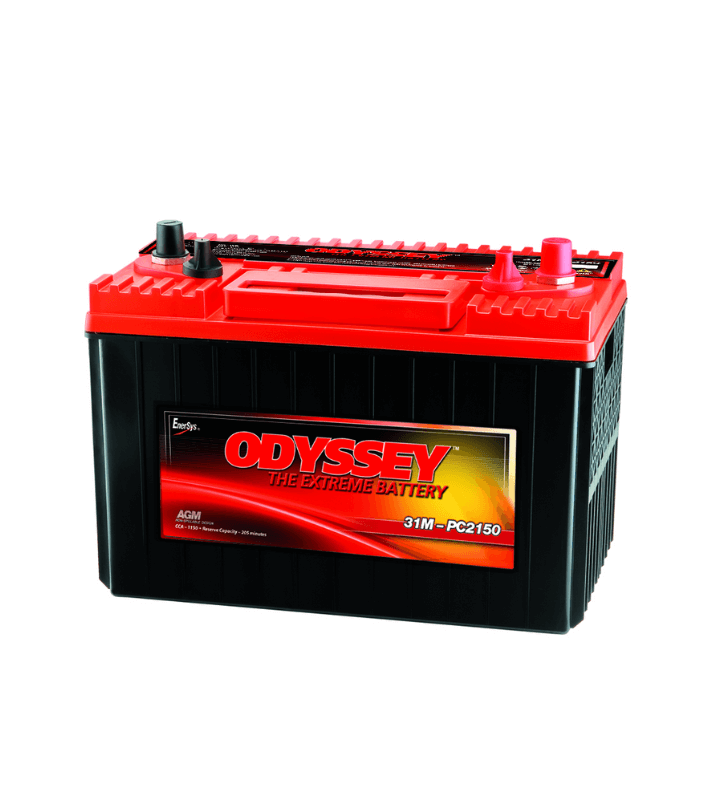
1. Best Starter Battery: Odyssey 31M-PC2150
The Odyssey 31M-PC2150 is widely regarded as one of the best marine starting batteries available. It offers an impressive 1150 Cold Cranking Amps (CCA) and is built to withstand the toughest marine conditions.
Features:
- 3-10 years service life.
- Vibration-resistant design.
- Maintenance-free.
- Ideal for large boats with high power requirements.
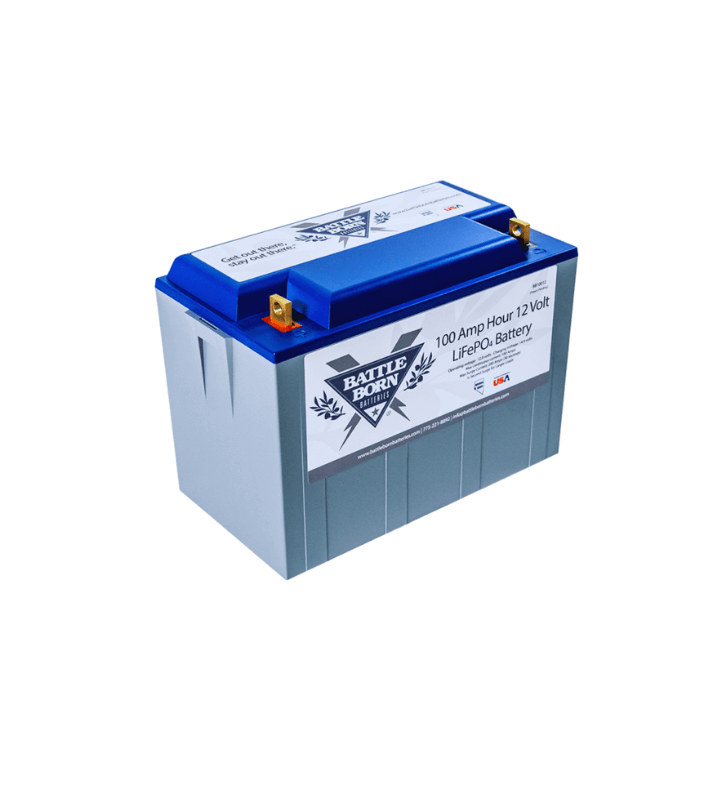
2. Best Deep Cycle Battery: Battle Born LiFePO4 Deep Cycle Battery
Battle Born LiFePO4 is a lithium-ion deep cycle battery ideal for powering electronics, trolling motors and other accessories on your boat. Long lifespan, lightweight design and no maintenance required make it a top choice for serious boaters.
Features:
- 100 amp-hour capacity.
- 100% can be discharged without damage.
- 3000-5000 charge cycles.
- 10 year warranty.

3. Best Dual-Purpose Battery: Optima Bluetop D34M
The Optima BlueTop D34M is a dual-purpose AGM battery that works well for both starting your engine and running electronics. It is suitable for smaller boats that do not require two separate batteries.
Features:
- 750 cold cranking amps (CCA).
- Vibration-resistant.
- Maintenance-free.
- Compact and lightweight.
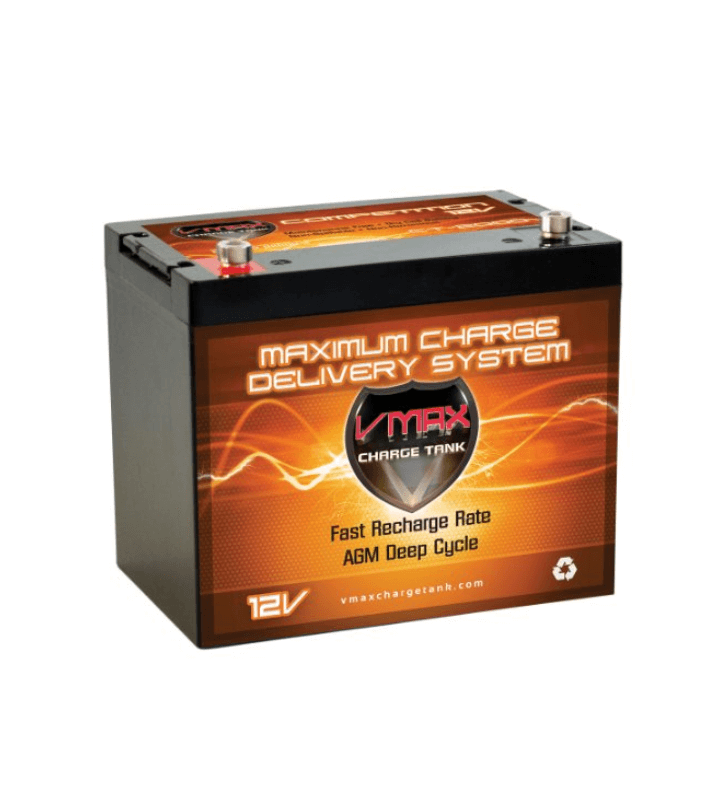
4. Best budget-friendly option: VMAX MR127 AGM battery
For boaters on a budget, the VMAX MR127 offers a solid balance between performance and value. This AGM battery is a reliable option for both starting and running electronics, although it is more suitable for smaller boats with moderate power requirements.
Features:
- 100 amp-hour capacity.
- Maintenance-free.
- 8-10 years lifespan.
- Affordable price points.
Conclusion
The best battery for your boat will depend on several factors, including the size of your boat, the amount of electronics you use, and your budget. For larger boats with significant power needs, it is best to use separate starting and deep cycle batteries. Smaller boats can benefit from dual-purpose batteries that save space while still providing reliable power.
Lithium-ion batteries offer the best performance, but they come at a higher cost. AGM batteries are a more affordable option for those seeking maintenance-free operation, while traditional flooded lead-acid batteries remain a viable choice for tight budgets. By considering the factors outlined in this guide and choosing a battery that matches your boat’s needs, you can enjoy a safer and more efficient experience on the water.


